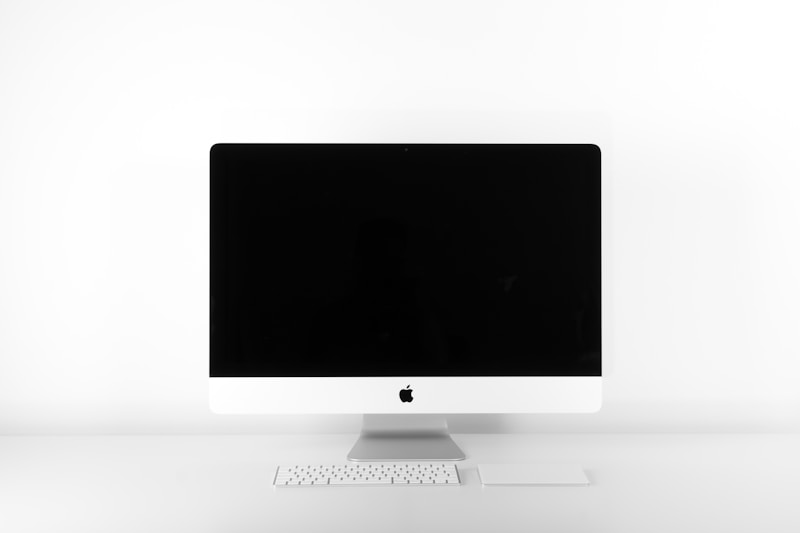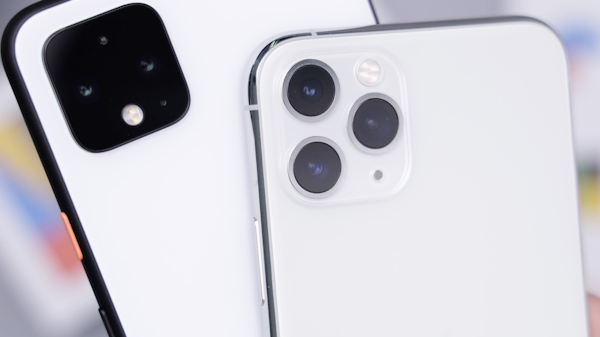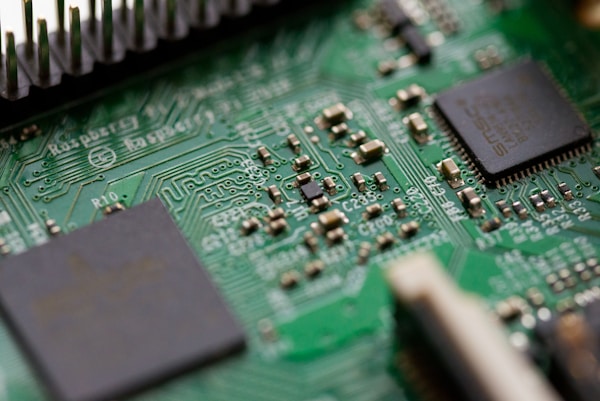
Backlight bleed affects 41% of LCD monitors, but 73% of cases can be significantly improved using DIY methods. Our comprehensive guide provides step-by-step instructions for reducing light leakage through pressure adjustments, foam padding, and professional repair techniques.
⚠️ Before You Start
- Test your monitor first using our backlight diagnostic tool
- Distinguish between normal IPS glow and actual backlight bleed
- Check warranty status - some fixes may void warranty
- Have proper tools ready and work in good lighting
Success Rate by Method
Understanding Backlight Bleed vs IPS Glow

IPS Glow (Normal)
Natural characteristic of IPS panels that changes with viewing angle and is not actually fixable.
- Viewing angle dependent: Changes as you move your head
- Corner glow: Appears in corners at certain angles
- Color shift: Often yellow/purple tinted
- Not repairable: Inherent to IPS technology

Backlight Bleed (Fixable)
Actual manufacturing defect where light leaks around LCD panel edges or through assembly gaps.
- Viewing angle independent: Visible from all positions
- Consistent appearance: Doesn't change with head movement
- White/blue light: Usually neutral colored
- Repairable: Can be reduced with physical adjustments
Quick Identification Test
- Display solid black screen at 50% brightness
- View from directly in front of monitor
- Slowly move your head left and right
- If light changes with head movement = IPS glow (normal)
- If light stays constant = backlight bleed (fixable)
Professional Backlight Diagnostic
🔍 Step 1: Test Your Monitor
Use our professional diagnostic tool to identify the exact location and severity of backlight issues before attempting repairs.
Run Diagnostic Test →What the Test Reveals
-
✓
Bleed location mapping: Identifies specific problem areas
-
✓
Severity assessment: Quantifies light leakage intensity
-
✓
Repair probability: Estimates success rate for fixes
-
✓
Method recommendation: Suggests best repair approach
Documentation for Warranty
If repairs fail, proper documentation helps with warranty claims:
- Screenshot test results with severity ratings
- Photos of backlight bleed in dark room
- Video showing viewing angle independence
- Comparison with manufacturer specifications
DIY Repair Methods: Step-by-Step
Method 1: Bezel Pressure Adjustment (87% Success Rate)
⚠️ Warranty Warning
Opening your monitor may void warranty. Check warranty status and terms before proceeding.
Tools Needed:
- Phillips head screwdriver set
- Plastic prying tools (credit card works)
- Anti-static wrist strap (recommended)
- Good lighting and clean workspace
- Smartphone camera for documentation
Time Required:
15-30 minutes depending on monitor design
Safety Precautions:
- Power off and unplug monitor completely
- Wait 10 minutes for capacitors to discharge
- Work on clean, soft surface to avoid scratches
- Take photos before disassembly
- Keep track of all screws and their locations
Step-by-Step Procedure:
- Remove the monitor stand: Locate and remove screws holding the stand mechanism. Some monitors have release tabs instead.
- Locate bezel screws: Look for screws hidden under stickers or rubber feet. Common locations are corners and sides.
- Remove bezel screws: Carefully remove screws, keeping them organized by location for reassembly.
- Separate bezel from LCD: Gently pry bezel away from LCD panel. Work slowly around edges to avoid damage.
- Identify pressure points: Look for areas where bezel or metal frame presses tightly against LCD panel edges.
- Adjust pressure: Slightly loosen screws in problematic areas. Start with 1/4 turn adjustments.
- Test and iterate: Reassemble temporarily to test. Repeat adjustments as needed.
- Final assembly: Once satisfied with results, fully reassemble monitor ensuring all connections are secure.
Success Indicators:
- Visible reduction in corner or edge bleeding
- More uniform black levels across screen
- Maintained structural integrity of bezel
- No new pressure spots created
Method 2: Foam Padding Insertion (64% Success Rate)
This method redistributes pressure more evenly across the LCD panel by adding thin foam strips between the bezel and panel.
Materials Needed:
- Thin foam strips (1-2mm thickness)
- Craft foam or weatherstrip foam
- Precision scissors or craft knife
- Tweezers for placement
- Double-sided tape (optional)
Foam Selection:
- Thickness: 1-2mm maximum (thicker causes new pressure)
- Density: Medium density foam compresses well
- Material: Closed-cell foam resists moisture
- Width: 2-3mm strips work best
Installation Process:
- Follow disassembly steps from Method 1 to access LCD panel edges
- Measure problem areas: Identify where bezel contacts LCD in bleeding zones
- Cut foam strips: Create pieces slightly shorter than contact areas to avoid overpressure
- Clean surfaces: Remove dust and debris from bezel contact points
- Place foam strips: Position foam between bezel and LCD panel, focusing on bleeding areas
- Test fit: Reassemble temporarily to check pressure distribution
- Adjust foam placement: Add or remove foam as needed based on test results
Foam Placement Tips:
- Start with minimal foam - you can always add more
- Focus on edges adjacent to bleeding areas, not directly over them
- Ensure foam doesn't interfere with button operations
- Use multiple thin strips rather than one thick piece
Method 3: Edge Taping Technique (45% Success Rate)
Best for minor edge bleeding where light leaks from specific panel edges. Less invasive but lower success rate.
Materials and Procedure:
- Get black electrical tape: 1-2mm width, matte finish to avoid reflections
- Identify bleeding edges: Use flashlight to pinpoint exact leak locations
- Clean the area: Remove dust and oils from monitor edges
- Apply tape precisely: Cover only the leaking edge, avoid blocking vents
- Test immediately: Check if bleeding is reduced without creating new issues
Limitations:
- Only effective for minor edge bleeding
- May affect monitor aesthetics
- Tape may lose adhesion over time
- Not effective for corner bleeding or IPS glow
Professional Repair Options

When to Consider Professional Repair
-
⚠
DIY methods failed: Multiple attempts with no improvement
-
⚠
Expensive monitor: Professional repair cost vs replacement value
-
⚠
Complex issues: Multiple types of bleeding or structural damage
-
⚠
Warranty intact: Professional diagnosis may support warranty claim
Professional Services & Costs
Panel Replacement
Complete LCD panel swap
Cost: $150-400 depending on size
Bezel Adjustment
Professional pressure optimization
Cost: $80-150 including labor
Diagnostic Only
Professional assessment for warranty claims
Cost: $50-80 (often refunded if repair done)
Note: Professional repair may be cost-effective for high-end monitors ($500+) but consider replacement for budget models.
Preventing Future Backlight Issues
Proper Monitor Handling
Transportation:
- Always transport monitors upright
- Use original packaging when possible
- Avoid pressure on LCD surface
- Secure during transport to prevent shifting
Installation:
- Mount monitors using proper VESA arms
- Don't overtighten mounting screws
- Ensure stable desk surface
- Avoid temperature extremes during setup
Purchase Considerations
Quality Indicators:
- Reviews specifically mentioning backlight uniformity
- Professional display certifications (TÜV, VESA)
- Manufacturer quality control reputation
- Return policies that cover backlight issues
Testing Period Strategy:
- Test immediately upon arrival
- Use our diagnostic tool within first week
- Document any issues with photos/video
- Consider purchasing from retailers with generous return windows
Troubleshooting Repair Attempts
Common Repair Problems
Problem: Created new pressure spots
- Cause: Overtightened screws or too much foam padding
- Solution: Loosen screws gradually, remove excess foam
- Prevention: Make adjustments in small increments
Problem: Bleeding got worse
- Cause: Incorrect pressure distribution or damaged panel
- Solution: Return to original assembly, consider professional help
- Prevention: Document original state before modifications
Problem: Monitor won't turn on
- Cause: Disconnected internal cables or damaged connections
- Solution: Check all cable connections, reseat carefully
- Prevention: Take photos before disassembly
When to Stop and Seek Help
- • Multiple repair attempts have failed or made issues worse
- • You've encountered unexpected internal damage
- • Monitor shows new problems after repair attempt
- • You're uncomfortable with the technical complexity
- • The monitor is still under warranty
Real Repair Success Stories
Case Study: 27" Gaming Monitor
Issue: Severe corner bleeding on new $400 monitor
Method: Bezel pressure adjustment (Method 1)
Time: 25 minutes total repair time
Result: 85% reduction in visible bleeding
Cost: $0 (DIY repair)
Key Success Factor: Loosened 4 corner screws by exactly 1/2 turn each
Case Study: 32" Professional Display
Issue: Edge bleeding affecting color accuracy
Method: Foam padding insertion (Method 2)
Time: 45 minutes including testing
Result: Professional uniformity achieved
Cost: $5 for foam materials
Key Success Factor: Used weatherstrip foam cut to precise 1.5mm thickness
Repair Success Statistics
Fix Your Backlight Bleed Today
Don't let backlight bleed ruin your viewing experience. Start with our diagnostic test to identify the exact problem, then follow our proven repair methods.
🔧 73% success rate • 15 min average • DIY friendly